
Church of St Catherine, Ano Viannos
Ano Viannos, GR
The church of St. Catherine (Agia Ekaterini) in Ano Viannos is a temple built in 1360 during the Venetian rule of Crete.
Here you can search for a building to visit. You can use the map find destinations, or you can use the filters to search for a building based upon what different criteria.

Ano Viannos, GR
The church of St. Catherine (Agia Ekaterini) in Ano Viannos is a temple built in 1360 during the Venetian rule of Crete.
Spili, GR
The Church of St Charalampus and St Theodore (Agios Haralampos & Agios Theodoros) is a local place of worship in Spili, very close to the Folk Museum.
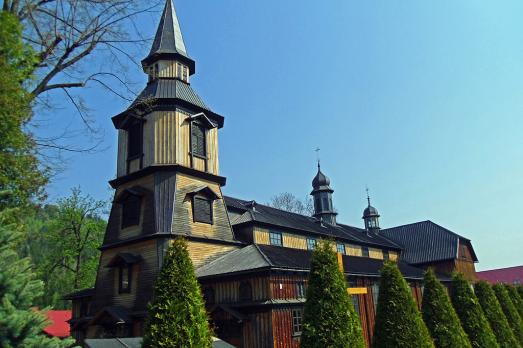
Zawoja, PL
The parish church of St. Clement was built in Zawoja towards the end of the 19th century with the support of Albrecht Habsburg. The building is eclectic, showing features of the Alpine style.
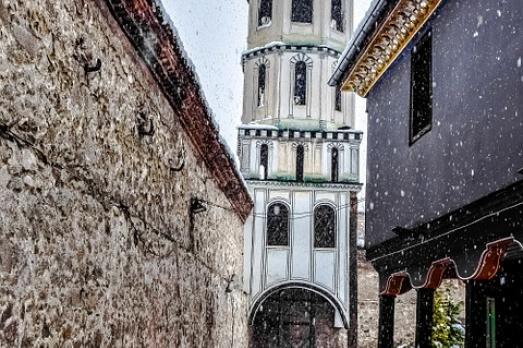
Plovdiv, BG
St Constantine and Helena is an Orthodox church of Plovdiv built in 1832 on the site of an older church of the fourth century. In 1810, the building was found half buried and was completely rebuilt and sanctified on October 30, 1832. The St Constantine and Helena church is a listed cultural monument since 1954. It was completely restored in 1978-1989.
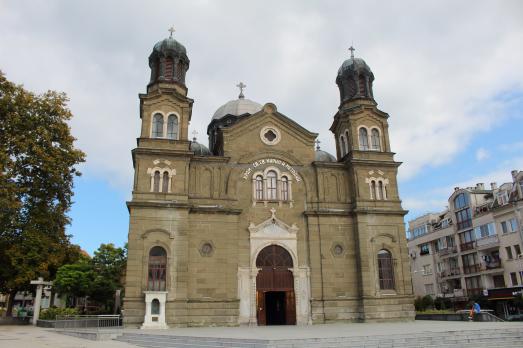
Burgas, BG
This cathedral, dedicated to the two creators of the Cyrillic alphabet, was constructed between 1897 and 1907 by the Italian architect, Ricardo Toscani. The building has two naves and a large dome, typical of the Bulgarian style. In addition to this, the stained glass was done by the same artists who created the stained glass of the Alexander Nevski cathedral in Sofia.

Koroni, GR
.
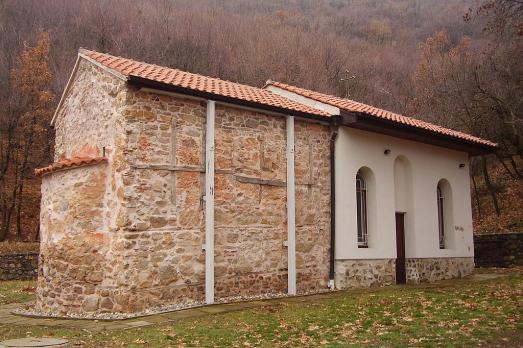
Boboshevo, BG
The Church of St Demetrius is a medieval monastery church near the town of Boboshevo.
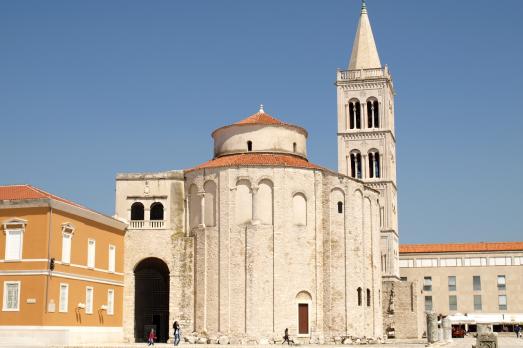
Zadar, HR
The Church of St. Donatus, whose construction began in the 9th century, is the most valuable pre-Romanesque monument of Croatia and one of the symbols of the city of Zadar.
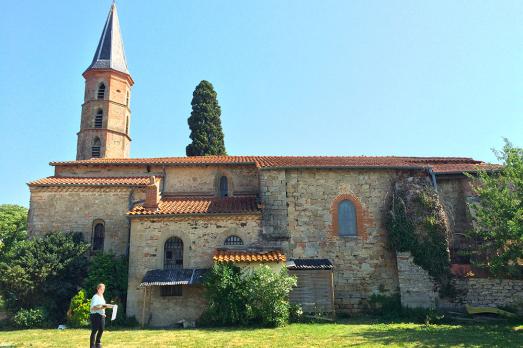
La Salvetat-Lauragais, FR
The Saint Eloi church is located in Le Salvetat-Lauragais in Haute-Garonne. Erected in the center of the village, this former priory became a parish church and is surrounded by a cemetery. It was built in the sixteenth century, on foundations of a fifteenth century building. The church, with walls of shale rubble and pink bricks, has a nave closed by a choir with three sides. A bell tower is surmounted by a hexagonal turret, topped by a slate steeple.
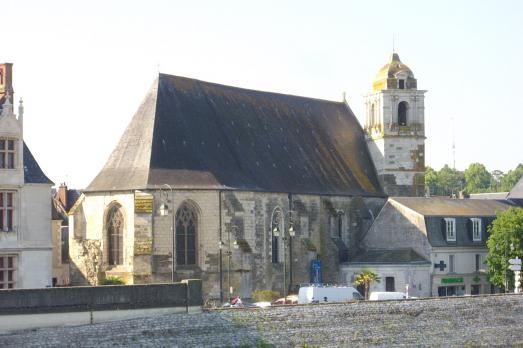
Amboise, FR
The church of St Florentin was built at the request of Louis XI (1461-1483) so that the castle church would cease to be a parish church, for fear of disease. The roof of the bell tower was modified in the Renaissance style at the beginning of the 16th century, and major restoration work was carried out in 1876 when the wooden vault was replaced by a stone vault.

new
Nestled amidst the serene landscapes of the Harz region, lies a hidden gem for nature enthusiasts and history buffs alike - the Harz Monastery Hiking Trail. Lace up your hiking boots and embark on this captivating adventure that will transport you back in time.

The Holy Mile (Miglio Sacro) of Naples is a one-mile-long itinerary, through sacred places linked to the city's patron saint, San Gennaro, in the Rione Sanità district. Discover the city from a new perspective with this unique walking tour.

As a university city, cultural offerings abound in Tartu and will reach their peak after being designated one of three European Capitals of Culture for 2024. In this list, we've compiled the most interesting sacred places to visit in and around the old town.